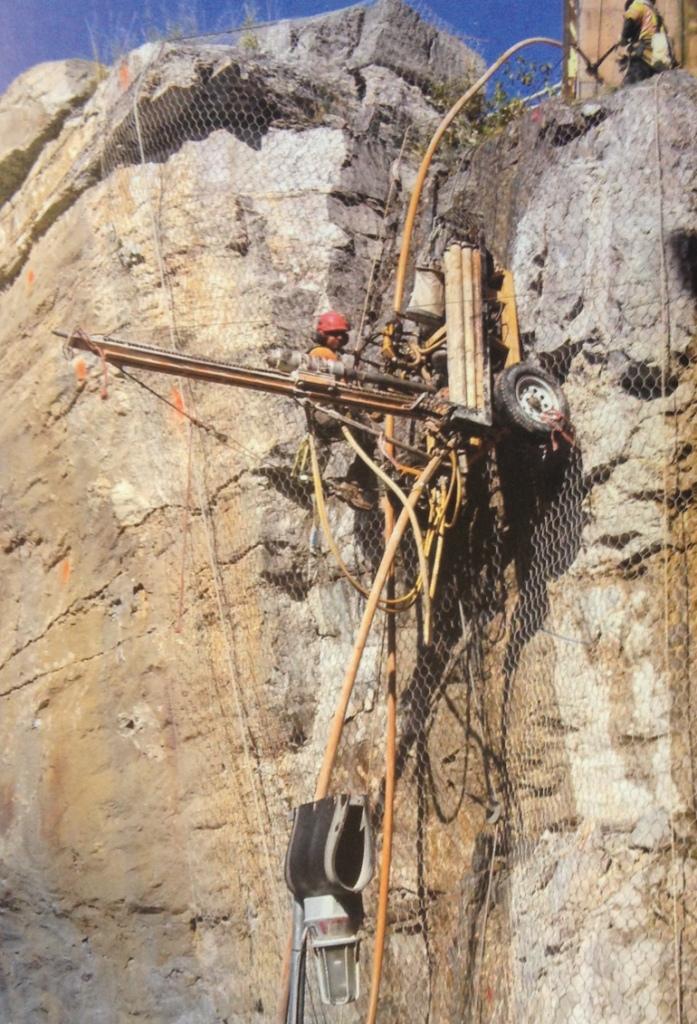SACRAMENTO, Calif. – During future storm releases from Folsom Dam's auxiliary spillway flows will enter the American River at forces and angles like never before. Even after passing a series of engineered water-slowing features, the combined flows could destabilize part of the river's bank making it vulnerable to erosion.
That's why the U.S. Army Corps of Engineers Sacramento District awarded a $1.8 million contract May 12 to Newland Entities, Inc. of Marysville, California, to stabilize 400 feet of the river's right bank using 32-foot-long rock bolts. The stabilization project is expected to begin in June and end by December, weather dependant.
"Limited access and steep topography of the American River's right bank below Folsom Dam will make the drilling operations quite a challenge," said Corps project manager Bill Aley. "Crews will use a highline system to lower themselves and their wagon drills down to the project area—it's going to be a tough job."
To deal with site challenges crews will use ropes, climbing harnesses and platforms to hang above the river and drill as many as 48 rock bolts into the bank, while also reinforcing some areas with concrete to further stabilize the slopes—all while keeping drill cuttings and fluids from entering the water.
Newland Entities is a small and minority-owned business. The federal government sets aside certain contract bid opportunities exclusively for small businesses.
The Corps, together with the U.S. Bureau of Reclamation and state and local partners, is building the approximately $900-million spillway in Folsom, California, to reduce flood risk throughout the Sacramento region by allowing the Bureau of Reclamation to make more controlled water releases from Folsom Dam earlier during large storms.

(American River at confluence of Folsom Dam and its auxiliary spillway's future flows)

(Wagon drill photo courtesy of Newland Entities, Inc.)
Release no. 15-018